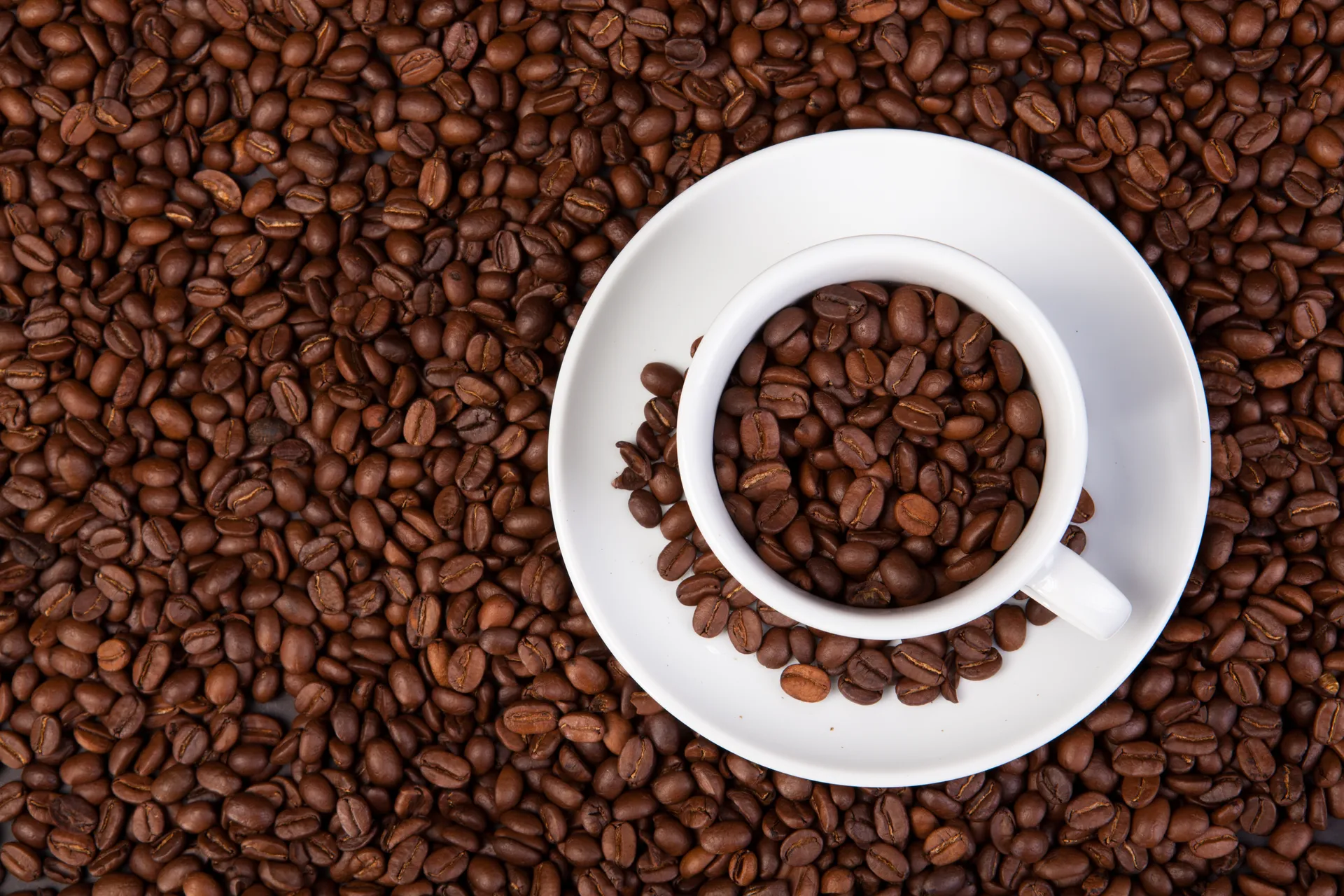Post by Lord Potato on Aug 31, 2017 15:41:25 GMT
[attr="class","textTitle"]Trait System
[attr="class","textBody"]
- For character interaction that is not pre-plotted, we use the Trait system to determine the outcome of significant actions.
- Each Trait has six levels and they can be levelled up by spending Trait Points (TP).
- Traits can be classified as: (Active or Passive) and (Mental or Physical).
- Active Traits are those that can be associated to an interactive action. These require a roll and the roll interval is dependent on the level of the Trait.
- Active Traits usually come in pairs; an Initiator and a Counter. For example, Detection is a counter Trait to Deception.
- When a user activates an Initiator Trait on a target, they have to mention the trait and the target they are using it on, in a spoiler at the end of the post.
- Assuming a user uses an Initiator Trait on a target, then, the target can use the corresponding Counter Trait to negate the effects. For example, if James uses Charm on Lily, then, Lily can use Resolve to avoid getting charmed.
- Active Traits usually come in pairs; an Initiator and a Counter. For example, Detection is a counter Trait to Deception.
- Passive traits are more associated to actions that are not interactive. These do not require a roll; instead, these are usually limited by duration and cooldown (number of posts), which is dependent on the level of the Trait.
- Passive Traits that can be toggled on and off will have cooldowns. Once a passive Trait is switched off, it goes into cooldown for half the number of posts it has been active (rounded up). This is automatically activated if you reach your maximum allowed duration.
- Mental Traits, like the name suggests, are Traits that are associated to a character's mental capabilities. For example, Deception, Charm, etc.
- If you fail any Active Mental Trait twice to the same target in a thread, then you may no longer use that Trait against that target in that thread.
- Physical Traits, similarly, are Traits that are associated to a character's physical capabilities. For example, Strength, Accuracy, etc.
- Every successive level increases your chance of success for the actions associated with the respective trait. In the following table, you can find the cost of each level along with the corresponding roll interval for active traits: [attr="class","textTable"]
Trait Level Cost Roll Interval
(Active)Unskilled 0 TP [0-100] Novice 15 TP [15-100] Competent 30 TP [30-100] Adept 45 TP [45-100] Expert 60 TP [60-100] Master 75 TP [75-100] Grand Master* 90 TP [90-100] - Note that the TP cost is not cumulative; it is the TP required for each level up.
- *Apart from the TP cost, Grand Master level requires your character to undergo a Quest that will be moderated by an Admin or the Chief Moderator.
- Note that the TP cost is not cumulative; it is the TP required for each level up.
- You can find all the available Traits in the following post. Also, you may suggest new Traits in the Traits & Powers: Suggestion Thread.






